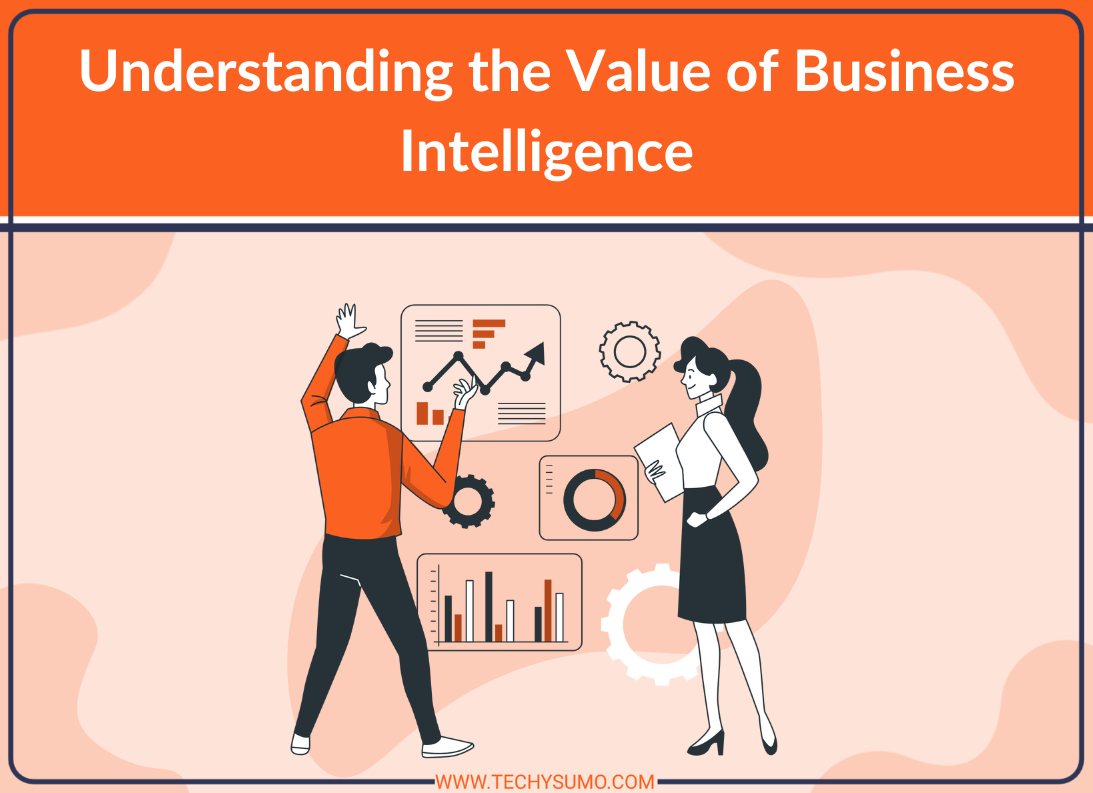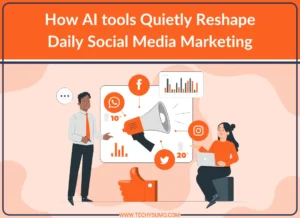In an age dominated by data, organizations are no longer relying on intuition or basic reporting to make decisions. The demand for deeper insights, quicker analysis, and smarter decision-making has led to the rise of business intelligence—a discipline that turns raw data into actionable knowledge. This article explores what this concept means, how it’s reshaping industries, and why it’s more vital than ever in the digital age.
Table of Contents
The Basics of Business Intelligence
Business intelligence (BI) refers to the processes, technologies, and tools used to gather, store, analyze, and visualize data for informed decision-making. From dashboards that summarize key metrics to advanced analytics tools that predict future trends, BI empowers companies to harness the full power of their information.
BI encompasses a wide range of data-related activities. These include:
- Data mining: Extracting patterns from large data sets.
- Reporting: Presenting data in an easy-to-read format.
- Benchmarking: Comparing performance metrics against industry standards.
- Querying: Asking questions of a database and retrieving relevant information.
- Data visualization: Using charts, graphs, and maps to make data more digestible.
Each of these components serves a unique purpose, but when integrated, they provide a holistic view of business operations.
From Data Collection to Strategic Action
Collecting data is easy; turning it into something meaningful is where the challenge (and opportunity) lies. A modern business collects vast amounts of information from multiple sources: customer feedback, website analytics, sales records, market trends, and more. Without a coherent strategy, this data is just noise.
Also Read
BI tools step in to sift through this clutter, organizing and analyzing data to uncover trends, identify anomalies, and reveal opportunities. For instance, a retail business might use BI to pinpoint which products are underperforming in certain regions or to forecast demand for specific items during holiday seasons.
By aligning data insights with strategic goals, companies are able to act quickly and more confidently, leading to improved efficiency and competitive advantage.
Real-World Applications That Drive Results
Business intelligence isn’t a concept reserved for large corporations; it’s being adopted across all sectors, from healthcare and finance to manufacturing and education. Here are a few examples of how it’s applied:
Healthcare
BI helps track patient outcomes, manage costs, and allocate resources more effectively. Hospitals can identify bottlenecks in patient care or predict peak times for certain procedures.
Finance
Banks and financial institutions use BI to detect fraud, monitor transactions, and forecast financial trends with greater accuracy.
Retail
From optimizing inventory levels to refining marketing campaigns, BI allows retail companies to better understand consumer behavior and adjust their strategies in real time.
Education
Schools and universities use BI to improve student performance tracking, resource planning, and even staff allocation.
These practical implementations underscore how BI is more than a buzzword; it’s a tool with tangible, measurable benefits.
Challenges to Adoption and How to Overcome Them

Despite its potential, many organizations face hurdles when trying to implement a successful BI strategy. Some of the most common challenges include:
Data Silos
When departments operate independently, data can become fragmented, making it difficult to analyze comprehensively.
Lack of Skilled Talent
BI tools often require specialized knowledge in analytics, statistics, and software, which may be in short supply internally.
Poor Data Quality
Inaccurate or outdated data can lead to flawed insights and decisions.
Overcoming these challenges requires a cultural shift as much as a technological one. Organizations should prioritize cross-departmental collaboration, invest in training programs, and ensure that data governance policies are in place to maintain data integrity.
The Future of Intelligence in Business
The landscape of BI is evolving. Emerging technologies such as artificial intelligence (AI), machine learning, and natural language processing are enhancing the capabilities of traditional BI tools. These advancements allow businesses to move from descriptive analytics (what happened) to prescriptive and predictive analytics (what should happen next).
As the tools become more intuitive and user-friendly, the accessibility of BI expands. No longer confined to IT departments or data scientists, BI is becoming a tool that every employee, from marketing executives to operations managers, can use to inform their daily decisions.
This democratization of data will redefine workplace roles and expectations. In fact, one of the leading platforms in this space emphasizes how business intelligence can support data-driven growth strategies in a way that empowers both technical and non-technical teams.
Conclusion: Why BI Is No Longer Optional
In today’s fast-paced, information-saturated economy, businesses that fail to leverage the power of BI risk being left behind. The ability to turn data into knowledge and then act on that knowledge separates successful organizations from the rest.
With the right tools and a commitment to a data-driven culture, any company can unlock the full potential of its information. As technologies improve and become more accessible, BI will continue to shape the way we work, plan, and compete in a connected world.






